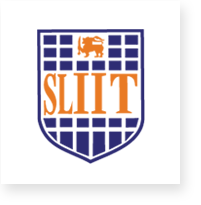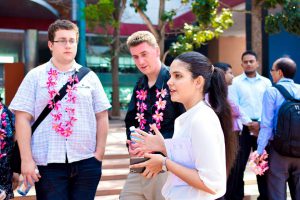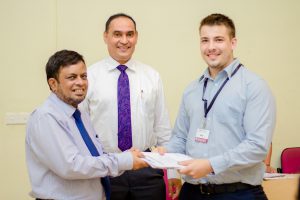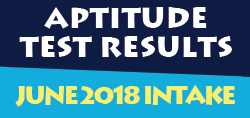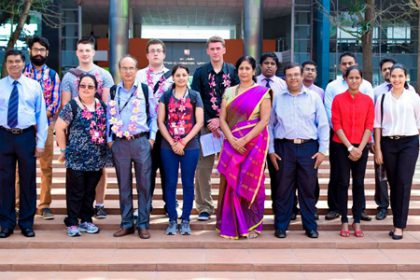
SLIIT, the premier degree awarding institute, partners with over 20 reputed universities worldwide to provide SLIIT students with greater study options and international exposure. Whilst, many students from SLIIT have transferred to these foreign partner universities, a group of students plus an academic from Deakin University, Australia, visited SLIIT for an Outbound Mobility Programme from the 18thA�to the 30thA�of January. Under the theme a�?Augmented Realitya��, this credit based programme was organized by the International office in collaboration with the Faculty of Computing and Software Engineering Department.
a�?Outbound Student Mobility, is an integral part of the internationalization strategy of both SLIIT and Deakin University. It is important that the international experience is valued as a part of the educational experience within the programme. Therefore, in addition to the academic and practical sessions, students were taken to Galle, Nuwaraeliya, Kandy and given a tour of Colombo. A programme of this manner is not only helpful for the team from Deakin, but also beneficial for our local students as they get an understanding of working and studying with peers from overseasa�? commented Prof. Lalith Gamage, President and CEO, SLIIT.
Elaborating on the benefits of such a programme, Prof. Lakshman Ratnayake, Chairman SLIIT, said, a�?Overseas study is an academically beneficial investment because students are exposed to experiences which are valued for a lifetime. The skills gathered through an international learning programme, gives students a better chance at being employed. The Outbound Mobility experiences are also exceptional for studentsa�� a�?soft skillsa�� as they learn to communicate with people from a different nationality, work in unfamiliar surroundings, appreciate one another for their differences and yet work as a teama�?.
The students from Deakin were given the task of designing and conceptualizing an augmented reality project. Some of the detailed tasks included, designing a high-level overview diagram for the project, compiling a report including all above design documents, implementing the application using a programming language, building all features as mentioned in the design phase of the project, submitting test case documents and creating a deployment guide and user manual. All the students were able to successfully complete the project and experience the wonders of Sri Lanka.

